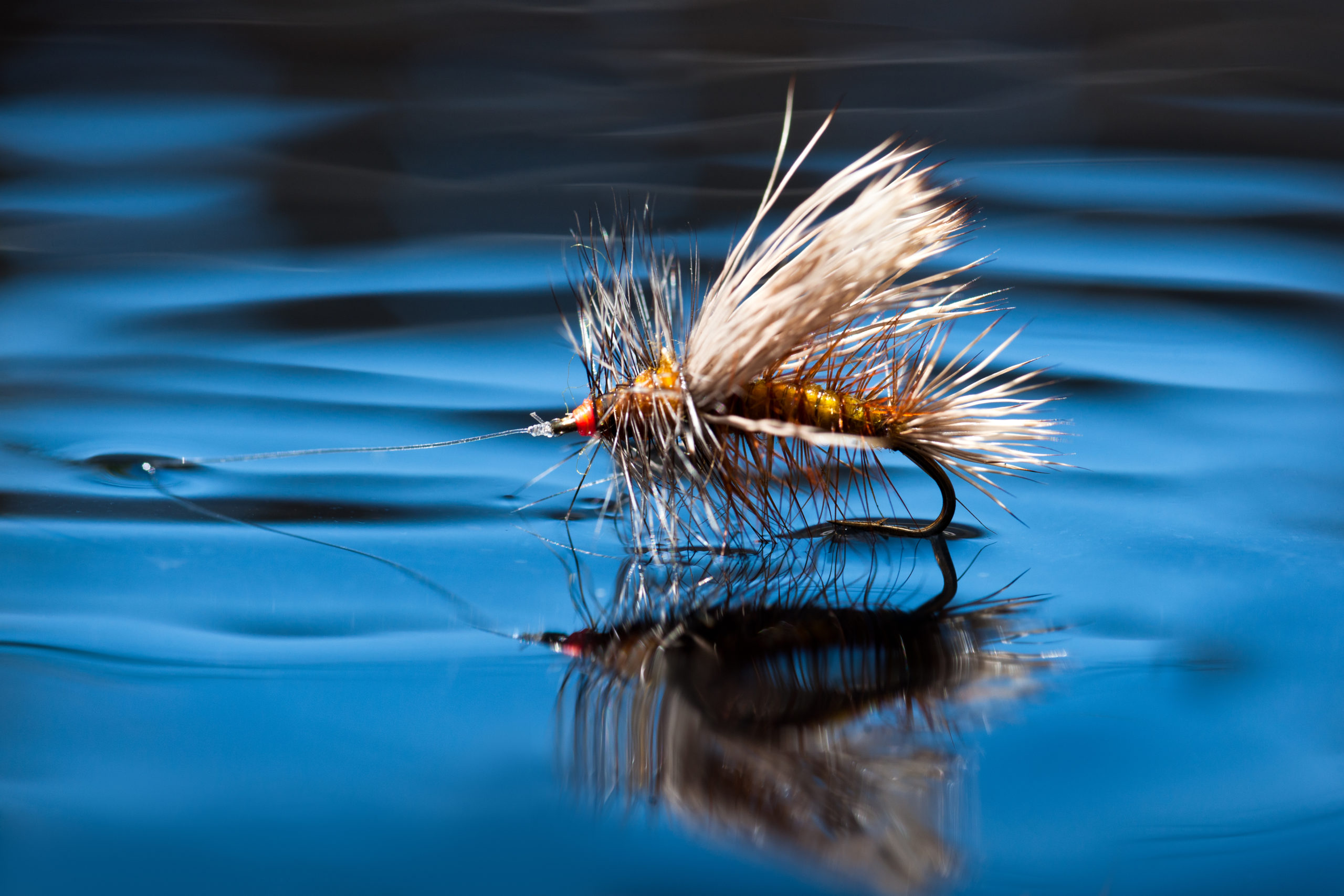Fly Fishing and Occupational Therapy
 How can fly fishing possibly have anything to do with occupational therapy? If you live in Montana, you likely have experienced one of the most amazing outdoor adventures this great state has to offer: fly-fishing. Just like many skills in life, fly-fishing incorporates many therapeutic benefits. It provides a host of opportunities for children (and adults!) to experience a variety of sensory, fine motor, and gross motor experiences.
How can fly fishing possibly have anything to do with occupational therapy? If you live in Montana, you likely have experienced one of the most amazing outdoor adventures this great state has to offer: fly-fishing. Just like many skills in life, fly-fishing incorporates many therapeutic benefits. It provides a host of opportunities for children (and adults!) to experience a variety of sensory, fine motor, and gross motor experiences.
Let’s talk sensory!
How does fly fishing incorporate occupational therapy-like sensory experiences? First and foremost, fishing provides a natural sensory experience with water. Whether you are fishing in a stream, pond, or lake, you are bound to get wet. But what about those mossy rocks and slimy weeds? With each step, your toe is peeking out from your sandal or your calf is rubbing up against the bank full of weeds. Your tactile awareness tells you to take a step, rub your calf, or jump out of the water.
Depending on how many times you’ve experienced this feeling, your first response will likely be to jump to the bank to assure you haven’t just encountered a snake! And how about when you finally catch that fish? You surely won’t be able to avoid touching the slimy, slippery, and smelly fish! This moment has bombarded you with a huge sensory experience involving touch and smell. If you’re like me, it can sometimes be a tipping point.
Fly fishing, occupational therapy, and fine motor
Surprise! You’ve tangled your line and now have to cut everything off and tie on another fly. Your fine motor skills are surely to advance with each time this happens. Fine motor and fly fishing? It’s often times half the battle. Whether you’re picking out that fly from your box, tying that fly on to your line, or untangling a knot, you may just spend your whole day using those fine motor muscles. The small muscles that contract and relax in your hand are what allow you to coordinate those tiny movements when you’re problem solving the current situation. The more you do it and the more you challenge those muscles, the stronger they get and the task becomes second nature.
Gross motor and fly fishing…the other half of the battle!
Your fine motor skills are only as strong as those gross motor skills and your ability to stay upright in that moving stream. With each step you navigate in a stream or lake, your body must make adjustments to the uneven ground of slippery rocks and hidden surfaces disguised by the texture of the water.
What about that other motor component (arguably the most important)? Using our arms to manipulate the fly rod is THE skill. When perfected, it allows you to present your tasty fly just right. The fish has no chance but to snag it! This is often the most challenging part of the sport– casting. You may have heard the term “10 and 2”. This is a term that’s used to describe how to cast your rod. It’s like you’re moving it in a back and forth motion from the 10 to the 2 on the clock. Check out this blog for tips on learning how to cast.
This sport is arguably the most challenging, frustrating, rewarding, and skilled of all outdoor sports. Don’t give up! Be sure to seek some guidance because nothing is more rewarding that landing that first fish on your fly rod. You’ll surely be hooked!
For more fun ways to incorporate OT related activities into daily life, check out Cooking with Kids!
